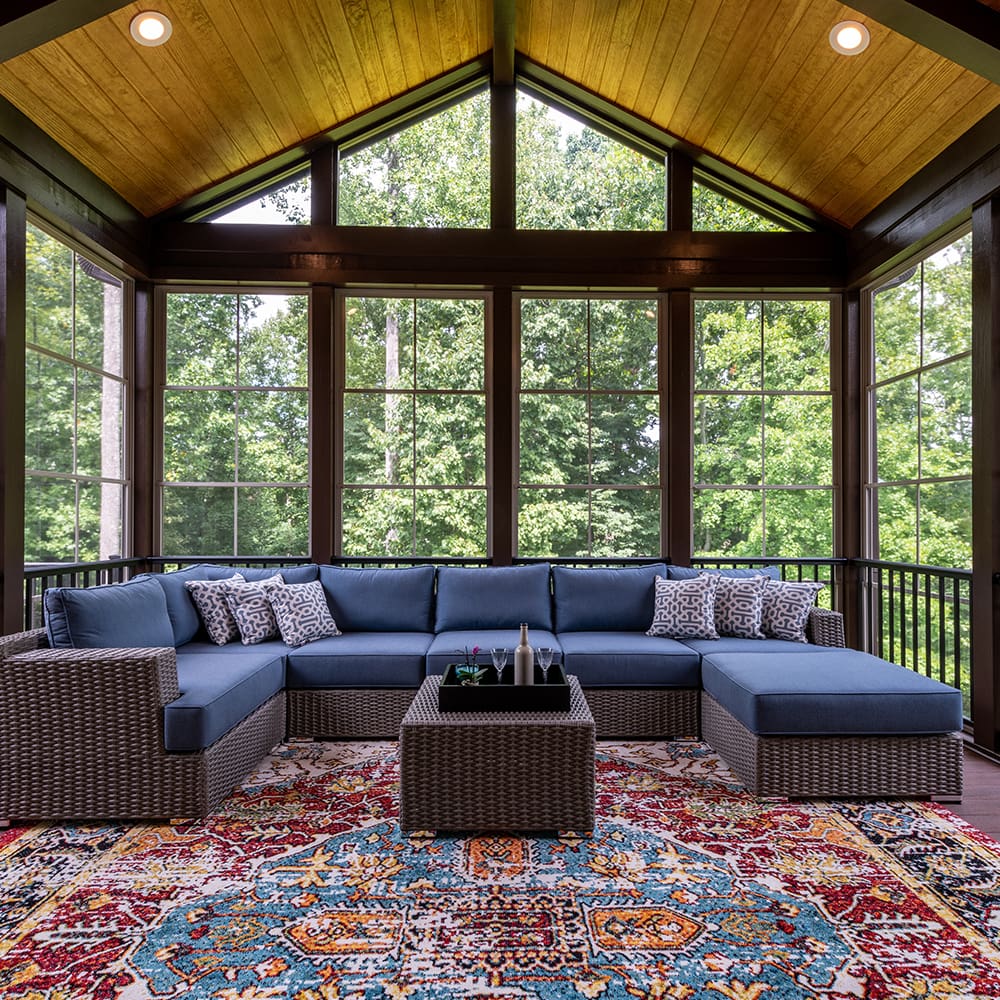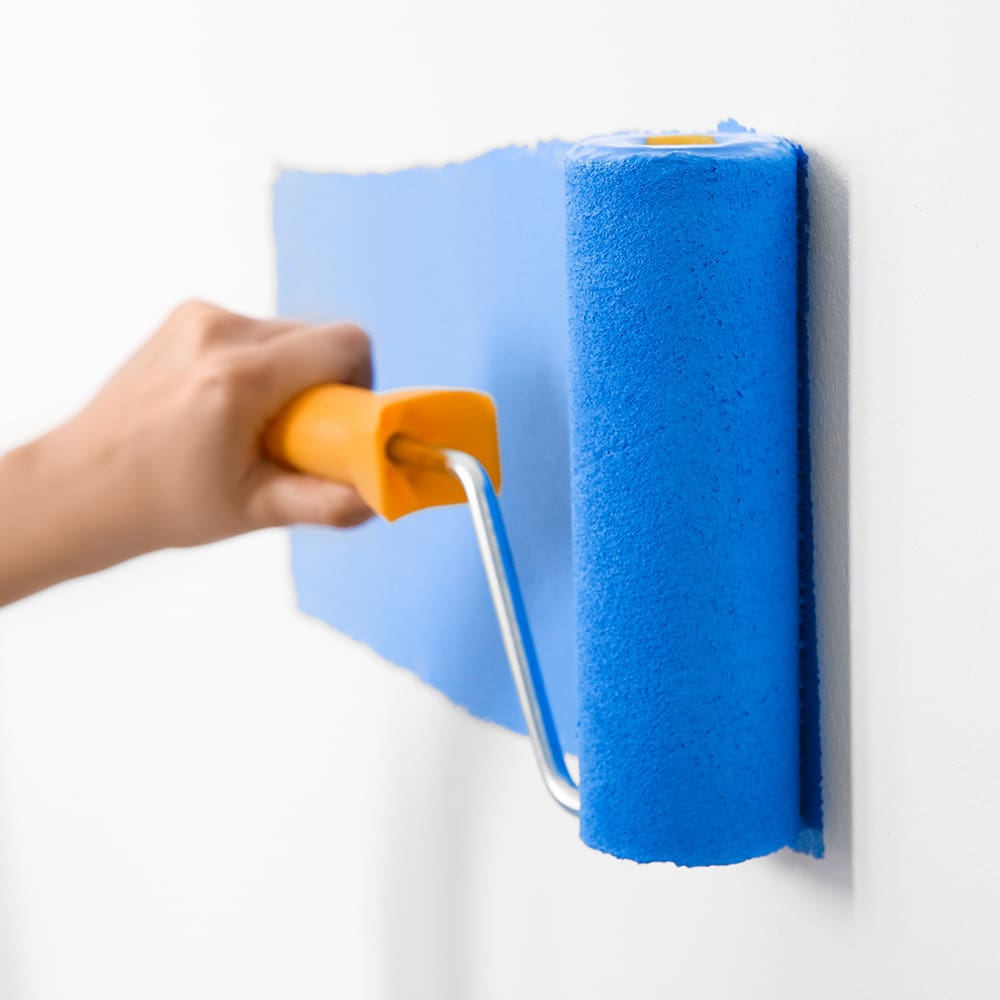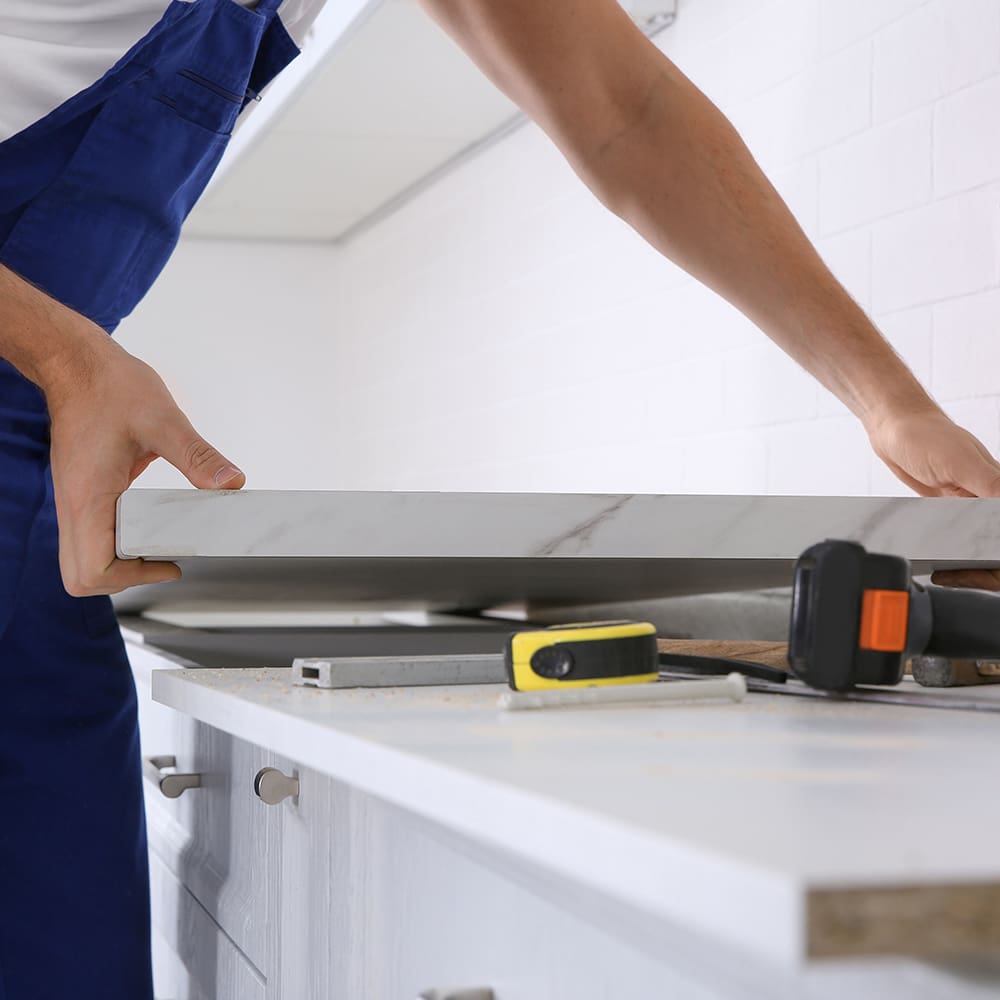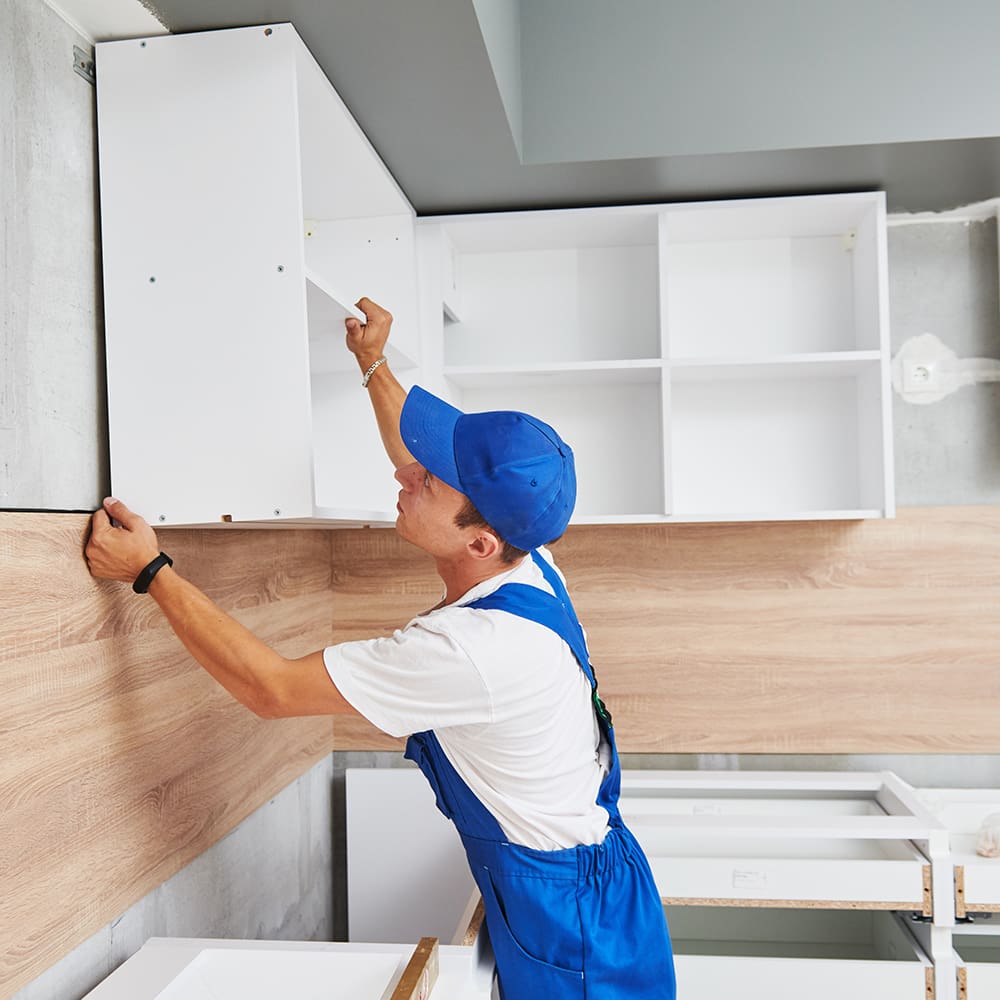Decoding the Costs of Home Additions for Homeowners

Expanding your living space can be an exciting yet daunting endeavor. Whether you're dreaming of a new master suite, a larger kitchen, or a cozy sunroom, understanding the costs involved is crucial to making informed decisions. This guide aims to break down the various factors that influence the cost of a home addition, helping homeowners like you budget effectively and avoid unexpected expenses.
In this article
Expanding your living space can be an exciting yet daunting endeavor. Whether you’re dreaming of a new master suite, a larger kitchen, or a cozy sunroom, understanding the costs involved is crucial to making informed decisions. This guide aims to break down the various factors that influence the cost of a home addition, helping homeowners like you budget effectively and avoid unexpected expenses.
Understanding the Variables in Home Addition Costs
When it comes to home additions, no two projects are identical. Several variables can significantly impact the overall cost, including the size of the addition, the type of materials used, and the level of customization required.
Firstly, the size of the addition plays a substantial role. Generally, the larger the addition, the higher the cost. This is due to increased requirements for materials, labor, and potential structural modifications. For instance, a small 100-square-foot addition might cost less per square foot than a 500-square-foot expansion because larger projects often benefit from economies of scale.
Secondly, the type of materials you choose can drastically affect the cost. High-end materials like marble countertops or hardwood flooring will naturally be more expensive than laminate or vinyl alternatives. However, investing in quality materials can add value to your home and ensure long-lasting durability.
Lastly, the level of customization can also influence costs. Custom designs, intricate architectural details, and specialized fixtures can increase both material and labor costs. While these features can make your addition unique and tailored to your needs, they often come with a higher price tag.
Breaking Down the Cost Categories
To better understand how much a home addition might cost, it’s helpful to break down the expenses into several key categories:
Design and Planning
Before any construction begins, you’ll need detailed plans. Hiring an architect or designer to create blueprints typically costs between $1,500 and $3,000, depending on the complexity of the project. This step is essential for ensuring that your addition complies with local building codes and regulations.
Permits and Inspections
Securing the necessary permits is a crucial part of the process. Permit costs vary widely based on location and the scope of the project, ranging from $500 to $2,000. Additionally, inspections throughout the construction process ensure that the work meets safety standards, which can add another $500 to $1,000 to your budget.
Construction and Labor
The bulk of your budget will go toward construction and labor costs. On average, homeowners can expect to pay between $80 and $200 per square foot for a home addition. This range covers everything from foundation work and framing to plumbing and electrical installations. For a 200-square-foot addition, this translates to a cost of $16,000 to $40,000.
Materials and Finishes
Material costs can vary greatly depending on your choices. Basic materials for a standard addition might cost around $20,000, while high-end finishes and appliances can push this figure up to $50,000 or more. Be sure to consider long-term maintenance and durability when selecting materials.
Additional Costs
Don’t forget to budget for additional costs such as landscaping, interior decoration, and unexpected expenses. Setting aside a contingency fund of around 10-15% of the total project cost can help cover any surprises that arise during construction.
Factors Influencing Regional Cost Variations
One important aspect to consider is regional cost variations. The cost of living, labor rates, and material prices can vary significantly from one area to another. For example, building a home addition in a major city like New York or San Francisco will likely be more expensive than in a rural area due to higher labor costs and material prices.
Additionally, local building codes and regulations can impact costs. Some regions may have stricter requirements for things like energy efficiency or seismic retrofitting, which can add to the overall expense.
Maximizing Your Budget with Smart Choices
While home additions can be costly, there are ways to maximize your budget and ensure you get the best value for your investment. Here are a few tips to help you save money without compromising on quality:
- Plan Thoroughly: A well-thought-out plan can prevent costly changes and delays during construction. Work closely with your architect or designer to finalize every detail before breaking ground.
- Shop Around: Get multiple quotes from contractors and suppliers to find the best prices. Don’t be afraid to negotiate and ask for discounts.
- Opt for Standard Sizes: Custom sizes and shapes can increase costs. Whenever possible, stick to standard dimensions for windows, doors, and other components.
- Do Some Work Yourself: If you’re handy, consider tackling some of the simpler tasks yourself, such as painting or landscaping. Just be sure to leave the more complex work to the professionals.
- Reuse and Recycle: Salvage materials from your existing home or look for reclaimed materials. This can save money and add character to your addition.
Conclusion
Adding to your home can be a significant investment, but with careful planning and smart choices, it can also be a rewarding one. By understanding the various factors that influence the cost of a home addition, homeowners can budget effectively and avoid unexpected expenses. Remember to plan thoroughly, shop around for the best prices, and consider ways to save money without compromising on quality. Ultimately, a well-executed home addition can enhance your living space and increase the value of your property, making it a worthwhile endeavor for any homeowner.




